10 Facts You Should Know: Whiskey vs. Rum Showdown – Discover the top 10 facts in our Whiskey vs. Rum Showdown, exploring the unique characteristics, history, and flavors of these two beloved spirits. Whether you’re a whiskey connoisseur or a rum enthusiast, this comprehensive guide will help you appreciate and choose the right drink for any occasion.

Table of Contents
Introduction
When it comes to choosing a spirit, whiskey and rum often stand as two of the most beloved and versatile options. Each carries with it a rich history, unique production methods, and a diverse range of flavors that cater to various tastes and preferences. However, despite their widespread popularity, many people don’t fully understand what sets these two spirits apart.
In this blog, we’ll delve deep into the fascinating world of whiskey and rum, offering a detailed comparison that goes beyond the basics. Whether you’re a seasoned whiskey aficionado, a rum enthusiast, or simply someone looking to explore the rich variety of spirits available, this showdown will provide you with valuable insights.
We’ll cover the origins and evolution of each drink, the distinct processes used in their creation, and how their aging, flavor profiles, and cultural significance differ. From the smoky, peaty tones of a well-aged Scotch to the sweet, tropical notes of a Caribbean rum, there’s so much to discover.
Our goal is to provide you with ten essential facts that will not only enhance your appreciation of both whiskey and rum but also help you make informed decisions the next time you’re choosing a drink. Whether you’re interested in the historical aspects, curious about the ingredients, or simply want to know which spirit pairs best with your favorite dish, this guide has something for everyone.
So, sit back, pour yourself a glass of your preferred spirit—be it whiskey or rum—and join us as we embark on this flavorful journey through time, culture, and taste. By the end of this blog, you’ll have a deeper understanding of these two iconic drinks and perhaps even discover a new favorite along the way.
Note: Before diving deep into the whisky vs. rum comparison, it’s essential to understand the broader landscape of popular alcoholic beverages. Some of the most well-known types of alcohol include:
1. Whiskey
2. Rum
3. Beer
4. Vodka
5. Gin
6. Tequila
7. Brandy
8. Liqueur
9. Cognac
10. Absinthe
11. Mezcal
12. Sake
13. Sherry
14. Vermouth
15. Port
16. Marsala
17. Grappa
18. Pisco
19. Aguardiente
20. Raki
21. Wine (Including varieties such as red, white, sparkling, and rosé) and Etc.
With this foundation, let’s explore how whisky and rum stand out in this diverse world of spirits.
1. Origin and History
Whiskey’s origins trace back to ancient Mesopotamia, but it was in Scotland and Ireland where it truly flourished. The word “whiskey” comes from the Gaelic term “uisge beatha,” meaning “water of life.” Whiskey became a symbol of Celtic culture, evolving into various forms such as Scotch, Irish whiskey, and American bourbon.
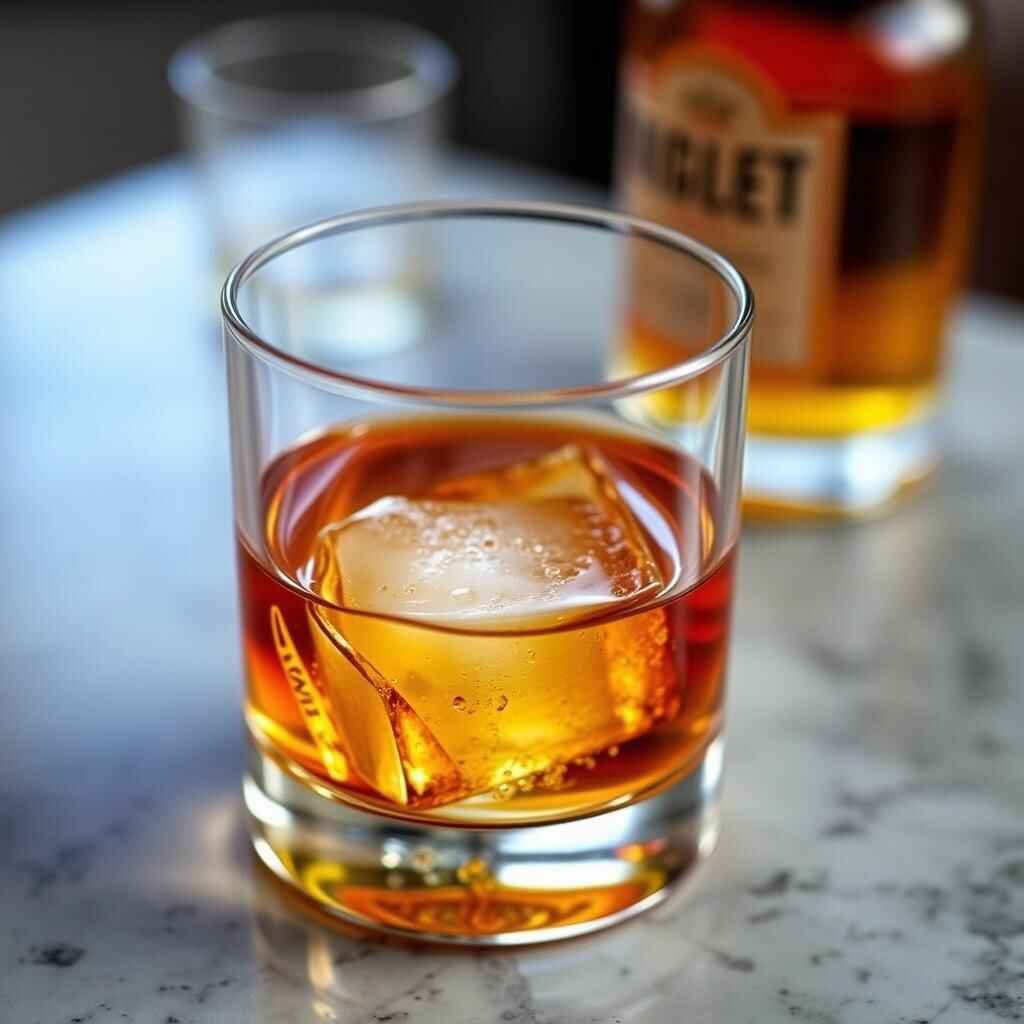
Rum has a more tropical origin, with its history deeply tied to the Caribbean and South America. The first distilled rum was produced in the 17th century on sugarcane plantations, where molasses, a byproduct of sugar refining, was fermented and distilled. Rum quickly became associated with pirates, sailors, and the maritime culture of the Caribbean.
2. Ingredients
Whiskey is made from grains, including barley, corn, rye, and wheat. The choice of grain and the malting process significantly influence the flavor. For example, Scotch whiskey often uses malted barley, while bourbon is primarily made from corn, giving it a sweeter taste.
Rum is derived from sugarcane byproducts, typically molasses, though some rums use fresh sugarcane juice. The sugarcane base gives rum its characteristic sweetness, which can range from light and fruity to rich and dark, depending on how it’s processed.
3. Distillation Process
Whiskey undergoes a complex distillation process that varies depending on the type. For example, Scotch is usually distilled twice in pot stills, while Irish whiskey is often triple-distilled for a smoother finish. The distillation process is critical in shaping the flavor profile of the final product.
Rum distillation also varies widely. Some rums are distilled in pot stills, similar to whiskey, which results in a richer and more complex flavor. Others are distilled in column stills, producing lighter and smoother rums. The choice of distillation method greatly affects the final character of the rum.
4. Aging
Whiskey must be aged in wooden barrels, typically oak, which imparts flavors of vanilla, caramel, and spice. The aging period can vary from a few years to several decades, with longer aging often resulting in more complex and smoother whiskey. The type of barrel used (e.g., new vs. used, American oak vs. European oak) also influences the flavor.
Rum is also aged in barrels, often using ex-bourbon casks. The aging process in the warm Caribbean climate accelerates the interaction between the rum and the wood, leading to a faster maturation compared to whiskey. Dark rums are often aged longer, while white rums may see little to no aging.
5. Flavor Profiles
Whiskey flavors can vary greatly depending on the type and region. Scotch might be smoky and peaty, while bourbon tends to be sweeter with notes of caramel and vanilla. Rye whiskey offers a spicier, more robust profile. The flavors are influenced by the type of grain, the distillation process, and the aging barrels.
Rum’s flavor spectrum ranges from light and sweet to rich and complex. White rums are typically light and clean, with subtle sweetness, while dark rums offer deeper flavors of molasses, caramel, and spices. Spiced rums, infused with spices like cinnamon and vanilla, add another layer of complexity.
6. Geographic Influence
Whiskey production is deeply influenced by its geographic origin. Scotch whiskey must be made in Scotland and often reflects the terroir of its region, such as the coastal influence in Islay whiskies. American bourbons are distinct due to their corn-based recipe and aging in new charred oak barrels, often reflecting the southern climate.
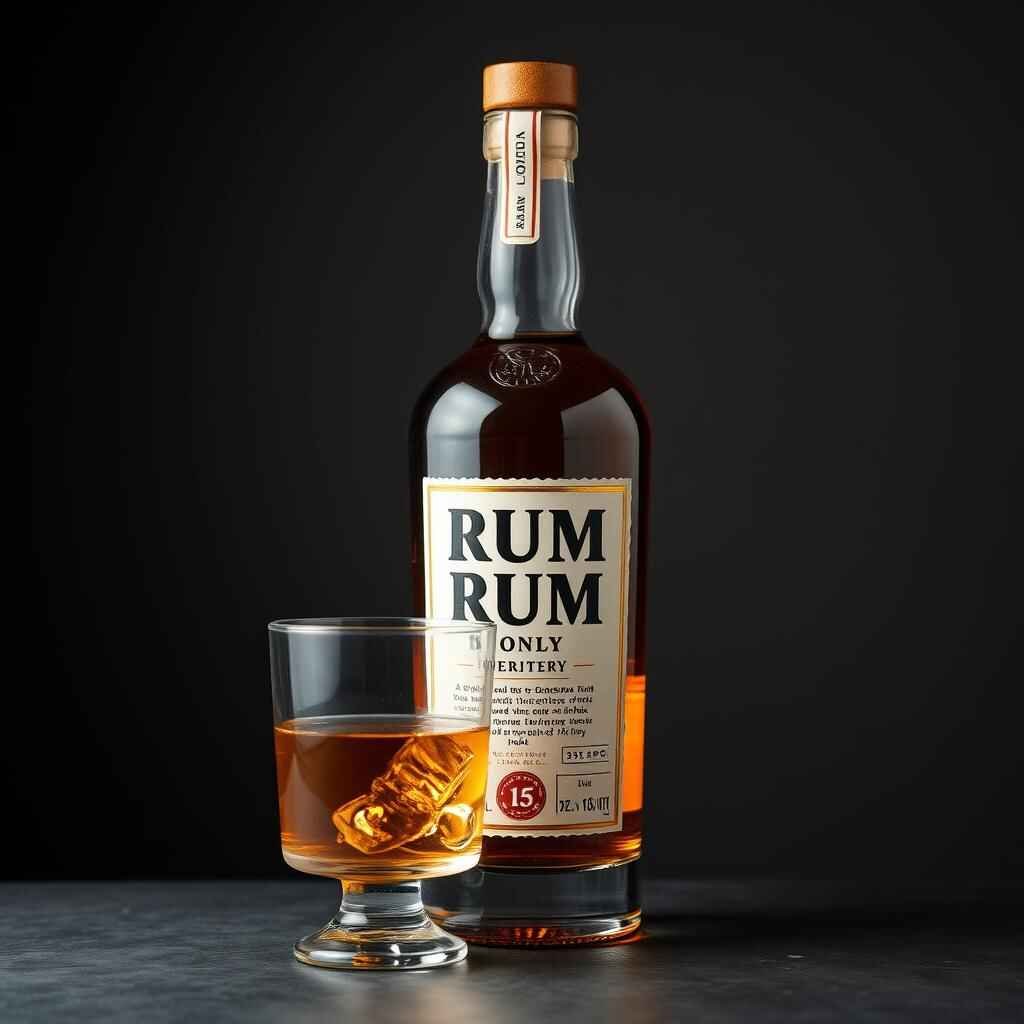
Rum’s character is also shaped by its geographic origin. Caribbean rums, like those from Jamaica or Barbados, tend to be rich and full-bodied, while rums from Central and South America may be lighter and more refined. The tropical climate speeds up the aging process, imparting distinct regional characteristics.
7. Alcohol Content
Whiskey typically has an alcohol content of 40% to 50% ABV (alcohol by volume), although cask-strength whiskies can be significantly higher. The higher alcohol content often contributes to a more intense flavor, making whiskey a drink to be savored slowly.
Rum’s alcohol content varies widely, typically ranging from 40% to 50% ABV. However, overproof rums can exceed 60% ABV, often used in cocktails for an extra kick. The alcohol content in rum can be masked by its sweetness, making it deceptively strong.
8. Cultural Significance
Whiskey is often associated with tradition and ceremony. In Scotland, whiskey is integral to many cultural rituals, from toasting at weddings to remembering the dead. In the United States, bourbon has become a symbol of Southern hospitality and craftsmanship, deeply intertwined with American history.
Rum’s cultural significance is strongly tied to its Caribbean roots, where it is more than just a drink- it’s a way of life. Rum has a storied history with pirates and the naval traditions of many countries. It’s also a key ingredient in the Tiki culture of the mid-20th century, giving rise to iconic cocktails like the Mai Tai and the Piña Colada.
9. Uses in Cocktails
Whiskey is a staple in classic cocktails such as the Old Fashioned, Manhattan, and Whiskey Sour. Its complex flavors can stand alone or be complemented by a variety of mixers and bitters, making it a versatile choice for both traditional and modern cocktails.
Rum is the backbone of many tropical and Tiki cocktails, such as the Mojito, Daiquiri, and Piña Colada. Its sweetness and versatility make it ideal for mixing with fruit juices, spices, and syrups. Dark and spiced rums add depth to cocktails like the Dark ‘n’ Stormy or the Rum Punch.
10. Popularity and Consumption Trends
Whiskey has seen a resurgence in popularity, particularly among younger consumers and craft spirit enthusiasts. The rise of craft distilleries, whiskey bars, and whiskey-tasting events has contributed to its growing appeal. Whiskey is often enjoyed neat, on the rocks, or in a carefully crafted cocktail.
Rum continues to be popular globally, with particular strength in regions with warm climates. It has maintained its appeal through its association with fun, laid-back, and tropical vibes. Rum’s versatility in cocktails and its affordability compared to other spirits have helped it remain a staple in bars and homes alike.
Weather Conditions Best Suited for Whiskey and Rum
Whiskey
Whiskey is traditionally associated with colder weather. The warming and robust flavors of whiskey, such as the smoky notes of Scotch or the rich caramel tones of bourbon, make it an ideal choice for cooler seasons like autumn and winter. The higher alcohol content and the complex, full-bodied profile of whiskey provide a comforting warmth that can be especially enjoyable when temperatures drop.
Best Weather Format for Whiskey
Cold Winter Nights: Whiskey is perfect for sipping by the fireplace on a chilly evening. Its warming effect and rich flavors complement the cold, making it a great companion for winter.
Autumn Evenings: As the leaves change and the air becomes crisp, whiskey’s deep and earthy flavors pair well with the ambiance of fall. Enjoy it neat or in a classic cocktail like an Old Fashioned.
Rainy Days: The cozy, comforting nature of whiskey makes it an excellent choice for rainy, gloomy days. A glass of whiskey can bring warmth and relaxation when the weather outside is dreary.
Rum
Rum, with its sweet and tropical flavors, is often associated with warmer climates. The light and fruity notes of white rum, as well as the rich, spiced flavors of dark rum, make it a refreshing choice for hot weather. Rum’s origins in the Caribbean and tropical regions naturally align it with summer and sunny days.
Best Weather Format for Rum
Hot Summer Days: Rum is ideal for cooling down on a hot summer day. Enjoy it in refreshing cocktails like a Mojito, Daiquiri, or Piña Colada, which are perfect for beach outings, poolside lounging, or backyard barbecues.
Tropical Climates: In warm, tropical climates, rum is a go-to spirit. Whether sipped on its own or mixed into a fruity cocktail, rum’s light and sweet character fits seamlessly with the relaxed, sunny environment.
Warm Evenings: As the sun sets on a warm day, a glass of rum—perhaps with a splash of soda or in a rum punch—can be the perfect drink to wind down and enjoy the evening.
Note
In India, it’s common for some people to drink whiskey in the summer and rum in the winter. This trend is particularly noticeable as rum consumption tends to rise during the winter months. However, this doesn’t align with the traditional way these spirits are best enjoyed. Whiskey is generally suited for colder weather, like autumn and winter, due to its warming properties, while rum is typically enjoyed in warmer weather, such as summer, because of its refreshing, tropical flavor profile.
This contrast in consumption habits in India may be influenced by specific climate conditions and cultural preferences, leading to a mentality where rum is seen as a winter drink and whiskey as a summer drink. However, the original method is winter for whiskey and summer for rum. That said, personal preference plays a significant role in how spirits are consumed, and you can still enjoy whiskey in the summer or rum in the winter. But traditionally, whiskey is aligned with colder seasons, and rum is associated with warmer climates.
Advantages and Disadvantages of Whiskey and Rum
Whiskey
Advantages
1. Complex Flavors:
Description: Whiskey offers a wide range of complex flavors due to aging and varied ingredients.
Example: Single malts have distinct notes like peat, fruit, and spice.
2. Aging Process:
Description: The aging process in oak barrels enhances the flavors and smoothness of whiskey.
Example: Aged whiskies like Macallan 18 develop rich, nuanced flavors.
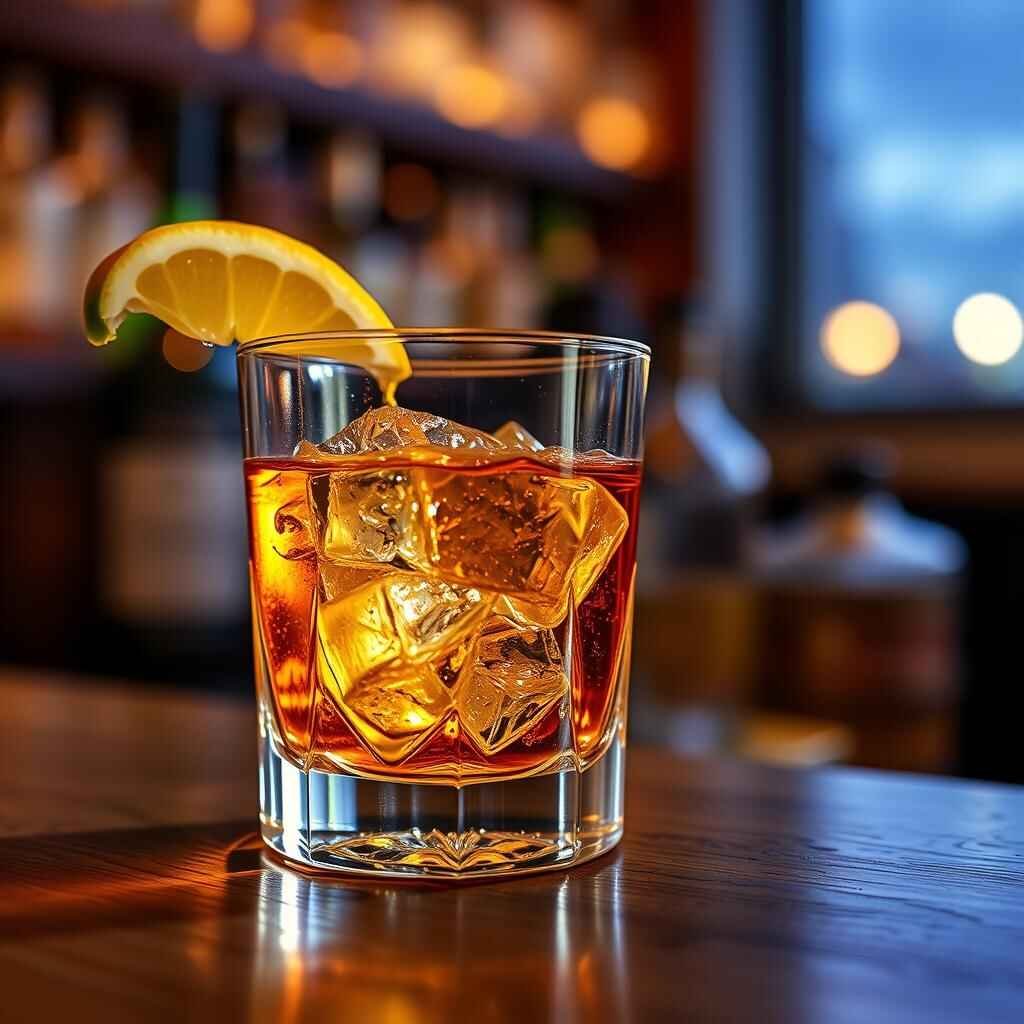
3. Versatility:
Description: Whiskey can be enjoyed neat, on the rocks, or in a variety of cocktails.
Example: It’s used in classic cocktails like the Old Fashioned and Manhattan.
4. Cultural and Historical Significance:
Description: Whiskey has a deep-rooted history and cultural significance in many countries.
Example: Scotch whisky is integral to Scottish heritage.
5. Health Benefits (in Moderation):
Description: Moderate whiskey consumption may offer some cardiovascular benefits.
Example: Some studies suggest it may reduce the risk of heart disease.
Disadvantages
1. High Alcohol Content:
Description: Whiskey has a high alcohol content, which can lead to excessive consumption and health issues.
Example: Regular consumption may lead to liver disease or addiction.
2. Caloric Content:
Description: Whiskey is high in calories, which can contribute to weight gain.
Example: A typical shot of whiskey contains about 70 calories.
3. Potential for Mixing with Sweeteners:
Description: Cocktails made with whiskey often include sugary mixers, which can be unhealthy.
Example: Whiskey-based cocktails like the Whiskey Sour may contain added sugars.
4. Acquired Taste:
Description: The strong and varied flavors of whiskey may not appeal to everyone.
Example: Peaty Scotch whiskies might be too intense for some palates.
Rum
Advantages
1. Versatile Usage:
Description: Rum is highly versatile and can be used in a variety of cocktails and mixed drinks.
Example: It’s used in classics like the Mojito and Piña Colada.
2. Range of Flavors:
Description: Rum comes in various types and flavors, from light and smooth to dark and spiced.
Example: Spiced rum has added spices, while aged rum offers rich, complex flavors.

3. Sweet Taste:
Description: The natural sweetness of rum makes it enjoyable for those who prefer sweeter spirits.
Example: Flavored rums like coconut or vanilla are popular for their sweetness.
4. Cultural Appeal:
Description: Rum is integral to Caribbean culture and many tropical cocktails.
Example: Rum-based drinks are popular in tropical destinations and festive occasions.
5. Lower Cost Options:
Description: Many rum varieties are relatively affordable compared to premium whiskies.
Example: Brands like Bacardi offer good quality rum at a lower price point.
Disadvantages
1. High Sugar Content:
Description: Many rums contain added sugars, which can contribute to health issues.
Example: Spiced and flavored rums may have higher sugar levels.
2. Potential for Excessive Sweetness:
Description: Some rums can be overly sweet, which might not appeal to all drinkers.
Example: Flavored rums can be cloying if used in large quantities.
3. Health Risks with High Consumption:
Description: Excessive rum consumption carries similar health risks as other alcoholic beverages.
Example: Chronic drinking can lead to liver disease and other health issues.
4. Mixing Complications:
Description: Rum is often mixed with sugary or high-calorie ingredients, which can be less healthy.
Example: Cocktails like the Daiquiri or Mai Tai can be high in calories and sugar.
Best Food Pairings with Whiskey and Rum
1. Whiskey Pairings
A. Cheese
Description: Hard cheeses like aged cheddar, Gouda, and blue cheese complement whiskey’s complex flavors.
Examples: Aged cheddar with a single malt Scotch or blue cheese with bourbon.
B. Chocolate
Description: Rich, dark chocolate pairs well with the deep, smoky notes of whiskey.
Examples: Dark chocolate with a peaty Scotch or bourbon.
C. Grilled Chicken
Description: Smoky and savory grilled chicken enhance the flavors of whiskey.
Examples: Grilled Chicken with bourbon or steak with a robust Irish whiskey.
D. Nuts
Description: The saltiness and crunch of nuts balance the sweetness and richness of whiskey.
Examples: Almonds or cashews with a glass of rye whiskey.
E. Spicy Foods
Description: The heat from spicy dishes pairs well with the bold flavors of whiskey.
Examples: Spicy chicken wings with bourbon or a spicy curry with Scotch.
F. Apple-based Desserts
Description: The fruitiness of apple desserts complements the caramel and vanilla notes in whiskey.
Examples: Apple pie with bourbon or a caramel apple tart with single malt.
2. Rum Pairings
A. Tropical Fruits
Description: Fruity flavors enhance the tropical notes in rum.
Examples: Pineapple or mango with a glass of white rum.
B. Spicy Foods
Description: The sweetness of rum complements spicy and flavorful dishes.
Examples: Jerk chicken or spicy Caribbean dishes with dark rum.
C. Chocolate Desserts
Description: Rum’s sweetness pairs well with rich chocolate desserts.
Examples: Rum-infused chocolate mousse or chocolate lava cake with dark rum.
D. Seafood
Description: Light rums match well with fresh, light seafood dishes.
Examples: Rum cocktails with shrimp or ceviche.
E. Cheesecake
Description: The creamy texture of cheesecake complements the smoothness of rum.
Examples: Vanilla or fruit-flavored cheesecake with spiced rum.
F. Nuts and Dried Fruits
Description: Nuts and dried fruits provide a sweet and savory balance to rum.
Examples: Almonds or dried apricots with spiced rum.
Top 5 Whiskey And Rum Brands (Highly Reviewed and Best Branding)
Whiskey
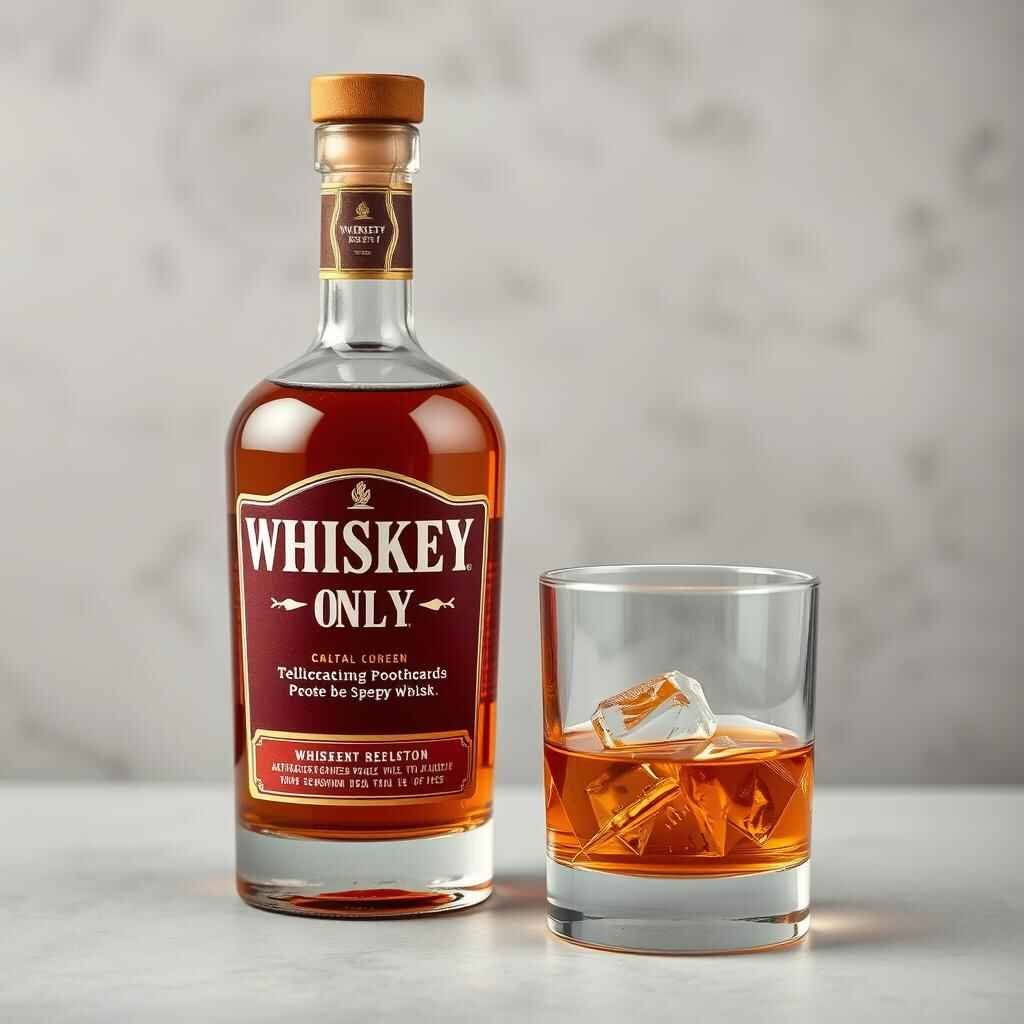
1. The Macallan (Scotland) – Renowned for its luxury single malts and exceptional aging process. Highly rated for its rich, complex flavors.
2. Yamazaki (Japan)- Japan’s oldest malt whisky distillery, celebrated for its single malts with elegant and nuanced flavors.
3. Johnnie Walker Blue Label (Scotland)- A high-end blended Scotch known for its smooth, refined taste and exceptional quality.
4. Pappy Van Winkle’s Family Reserve (USA)- Highly sought-after bourbon with a reputation for exceptional flavor and rarity.
5. Glenfiddich 21 Year Old (Scotland) – Aged for 21 years and known for its complexity and balance, receiving high praise and awards.
Note- Also Indri Diwali Collector’s Edition 2023 whisky being awarded as the best whisky in the world at the 2023 Whiskies of the World Awards. This Indian single malt whisky, produced by Piccadilly Distilleries, outshined many globally renowned brands, including Scotch, Bourbon, and other whiskies, to win the “Best in Show, Double Gold” award. This recognition highlights the growing reputation and quality of Indian whiskies on the global stage.
Rum
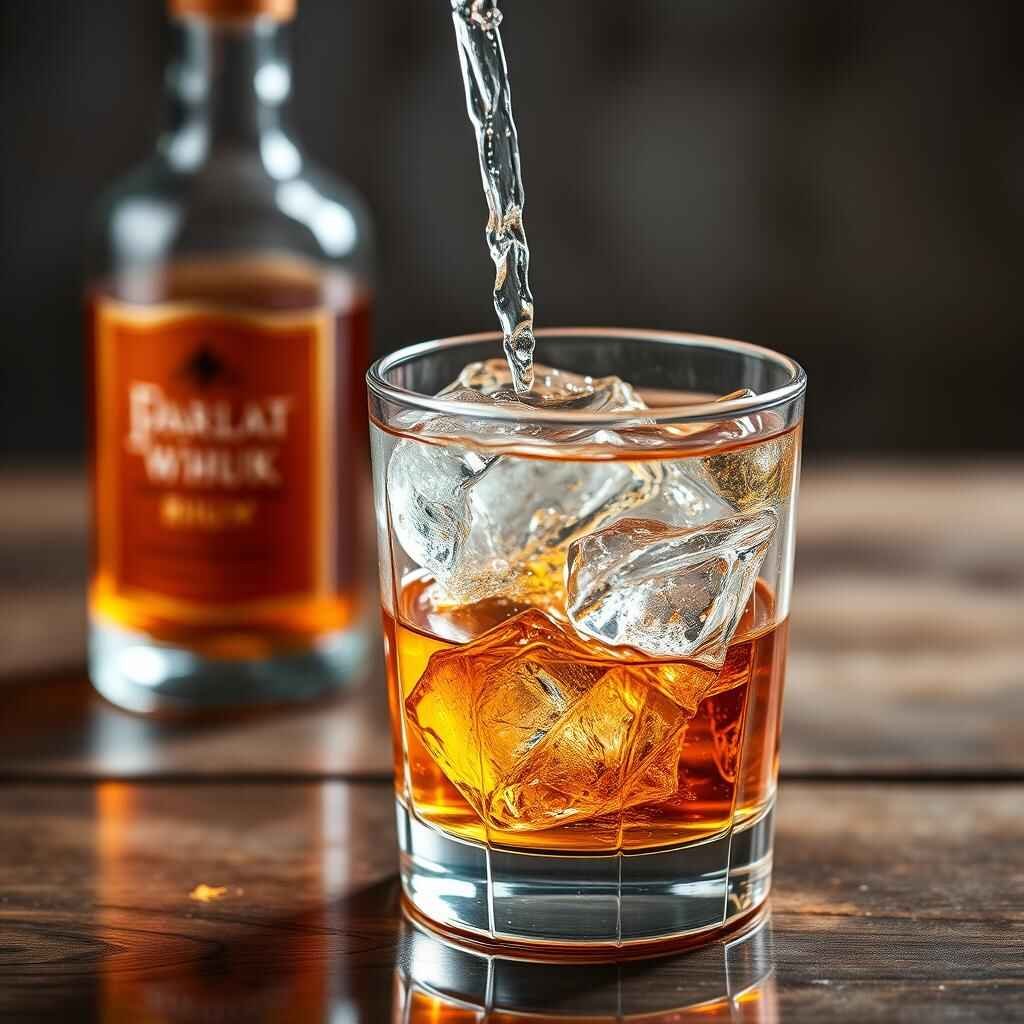
1. Ron Zacapa 23 (Guatemala)- Aged blend of rums with rich, complex flavors and smoothness. Highly acclaimed in the rum community.
2. Diplomatico Reserva Exclusiva (Venezuela)- Known for its rich, sweet profile and smoothness, often praised for its quality and flavor.
3. Havana Club 7 Años (Cuba)- Aged seven years with a robust flavor profile, highly regarded among Cuban rums.
4. Mount Gay XO (Barbados)- Aged blend known for its smooth, well-balanced flavors and high quality.
5. Appleton Estate 21 Year Old (Jamaica) – Aged for 21 years, praised for its rich, complex flavors and smooth finish.
Top 5 Whiskey and Rum Brands Consumed in India (Non-Indian Brand)
Whiskey
1. Johnnie Walker Black Label (Scotland)- A widely popular blended Scotch whisky known for its smooth and versatile flavor profile. Highly reviewed and consumed in India.
2. Jameson Irish Whiskey (Ireland)- Renowned for its smooth and approachable flavor, making it popular in India. It’s a favorite for both neat and mixed drinks.
3. Chivas Regal 12 (Scotland)- A well-regarded blended Scotch whisky known for its smooth and rich taste. Popular and frequently consumed in India.
4. Ballantine’s Finest (Scotland)- A blended Scotch whisky with a smooth flavor profile, widely available and enjoyed in India.
5. Jack Daniel’s Old No. 7 (USA)- A popular Tennessee whiskey known for its smooth and slightly sweet profile, widely consumed in India.
Rum
1. Bacardi Superior (Puerto Rico)- A globally recognized white rum known for its versatility in cocktails and smooth taste, popular in India.
2. Captain Morgan Original Spiced Rum (Jamaica)- Known for its spiced flavor and versatility in mixed drinks, it’s widely consumed and reviewed in India.
3. Havana Club 7 Años (Cuba)- A premium aged rum with a rich and robust flavor profile, appreciated by rum enthusiasts in India.
4. Ron Diplomatico Mantuano (Venezuela)- A popular aged rum known for its smooth and rich taste, it is well-reviewed and consumed in India.
5. Mount Gay Eclipse (Barbados)- A well-regarded rum with a balanced and smooth flavor, popular among rum drinkers in India.
Types of Whiskey and Rum
Whiskey
Single Malt Whiskey
Single Grain Whiskey
Blended Malt Whiskey
Blended Whiskey
Bourbon
Rye Whiskey
Tennessee Whiskey
Irish Whiskey
Scotch Whisky
Japanese Whisky
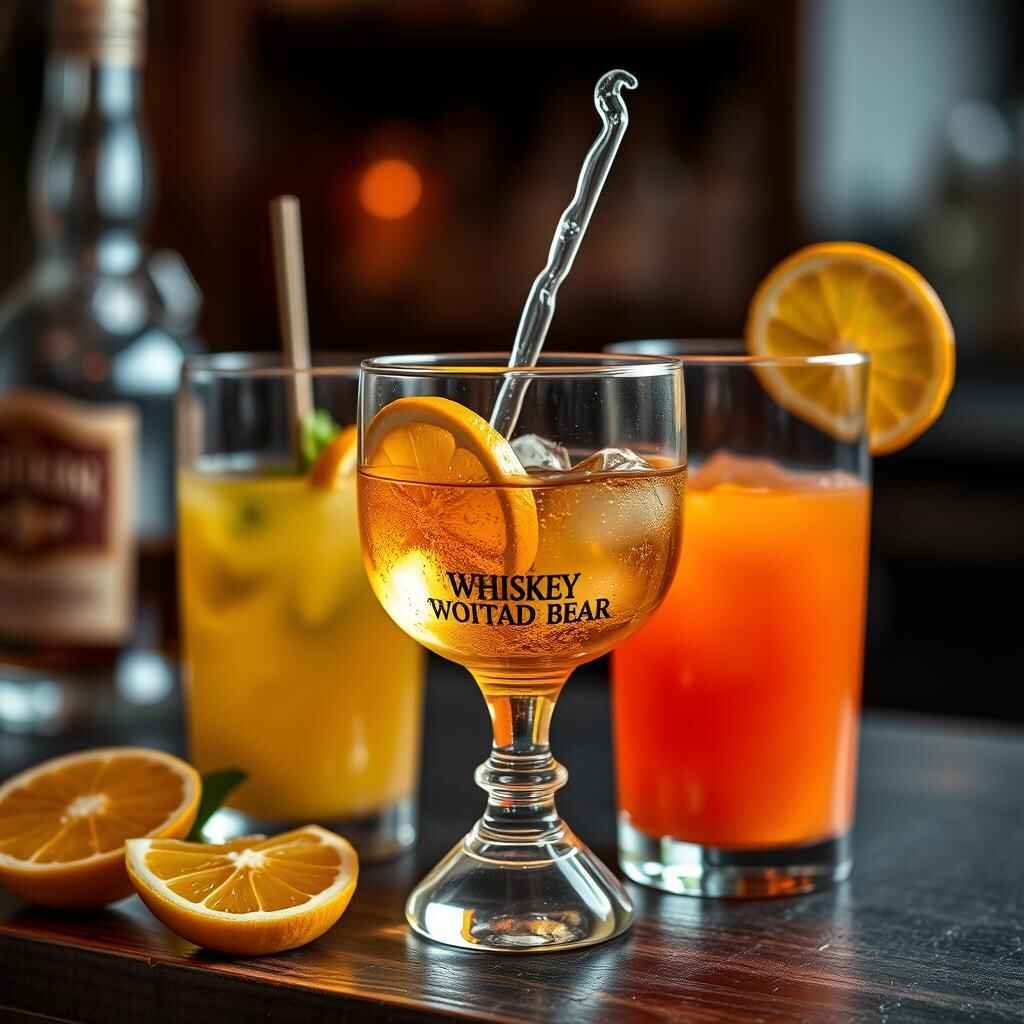
Rum
White Rum
Gold Rum
Dark Rum
Spiced Rum
Overproof Rum
Aged Rum
Premium Rum
Rhum Agricole
Cachaça
Flavored Rum
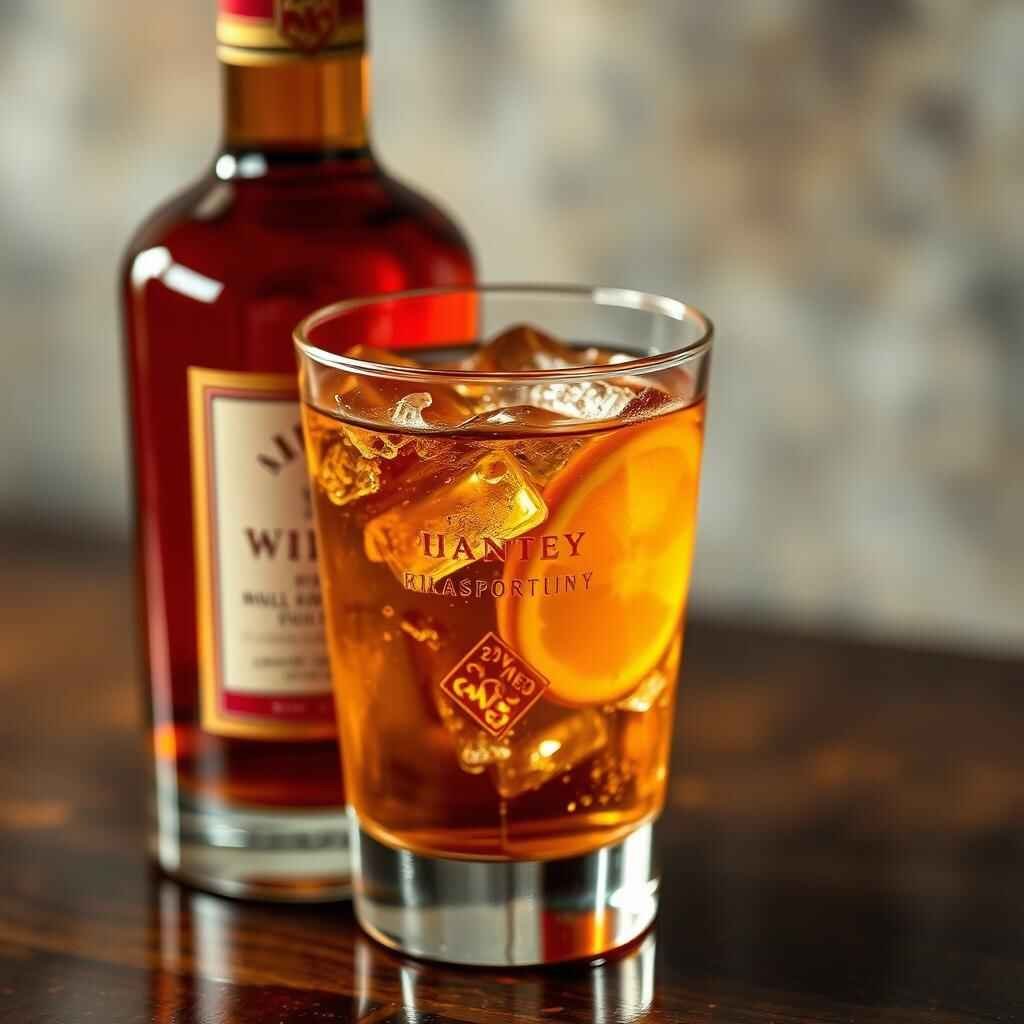
Top 10 Whiskey And Rum Brands by Consumption in the World
Whiskey
1. McDowell’s No.1 (India)
2. Officer’s Choice (India)
3. Imperial Blue (India)
4. Royal Stag (India)
5. Johnnie Walker (Scotland)
6. Jack Daniel’s (USA)
7. Bagpiper (India)
8. Jameson (Ireland)
9. Chivas Regal (Scotland)
10. Ballantine’s (Scotland)
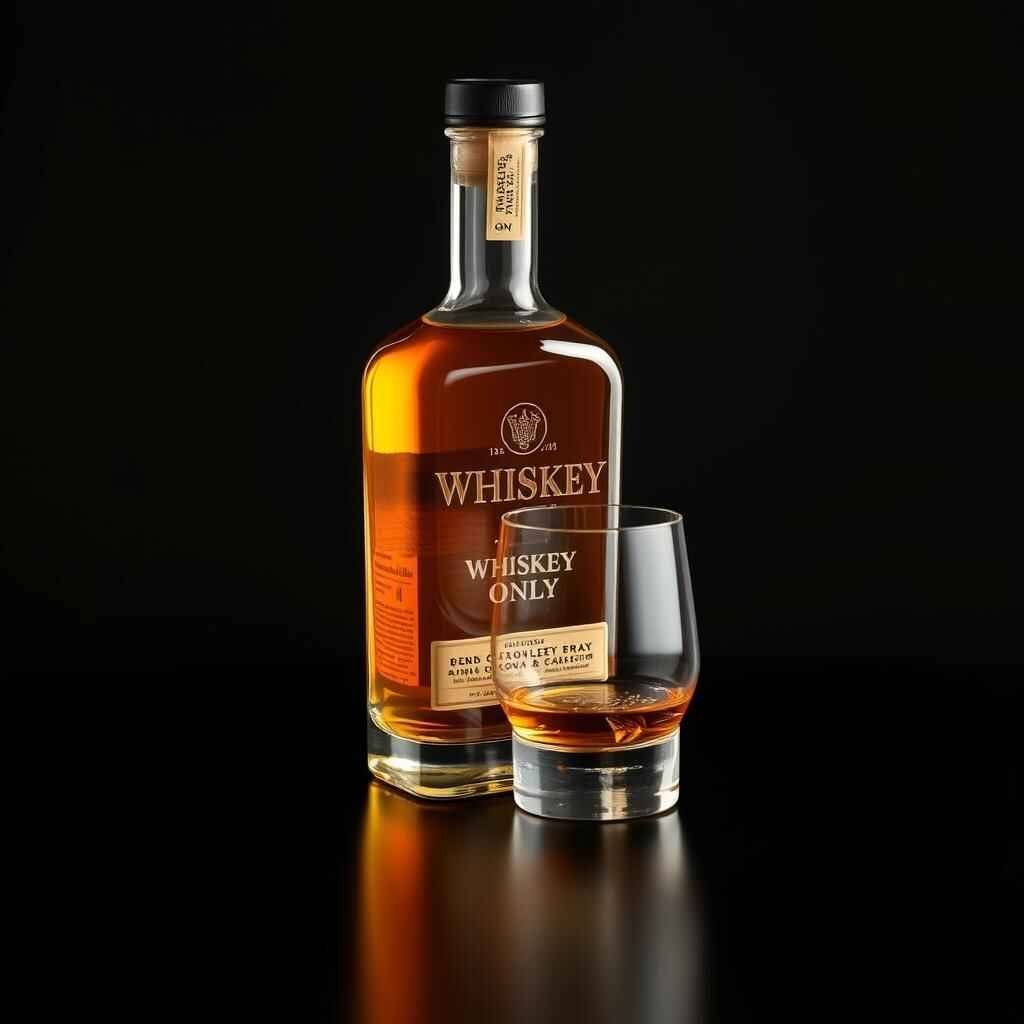
Rum
1. Tanduay (Philippines)
2. Bacardi (Puerto Rico)
3. McDowell’s No.1 Celebration (India)
4. Captain Morgan (Jamaica)
5. Havana Club (Cuba)
6. Contessa (India)
7. Old Monk (India)
8. Cacique (Venezuela)
9. Barceló (Dominican Republic)
10. Appleton Estate (Jamaica)
Top 10 Whiskey and Rum Brands by Consumption in India
Whiskey
1. McDowell’s No.1
2. Officer’s Choice
3. Imperial Blue
4. Royal Stag
5. Blenders Pride
6. Bagpiper
7. 8 PM
8. Antiquity Blue
9. Signature
10. Royal Challenge
Rum
1. McDowell’s No.1 Celebration
2. Old Monk
3. Contessa
4. Bacardi
5. Hercules Rum
6. Captain Morgan Original Rum
7. Mysore Silk
8. Jolly Roger
9. Amrut XXX
10. Som XXX
Top 10 Whiskey and Rum Brands in India
Whiskey
1. Royal Stag
2. Imperial Blue
3. McDowell’s No.1
4. Officer’s Choice
5. Blenders Pride
6. Peter Scot
7. Antiquity Blue
8. Signature
9. Bagpiper
10. Royal Challenge
Rum
1. Old Monk
2. McDowell’s No.1 Celebration
3. Captain Morgan Original Rum
4. Bacardi
5. Contessa
6. Hercules Rum
7. Jolly Roger
8. Mysore Silk
9. Amrut XXX
10. Som XXX
Top 10 Whiskey and Rum Brands in the World
Whiskey
1. Johnnie Walker (Scotland)
2. Jack Daniel’s (USA)
3. Jameson (Ireland)
4. Glenfiddich (Scotland)
5. Chivas Regal (Scotland)
6. The Macallan (Scotland)
7. Bushmills (Ireland)
8. Maker’s Mark (USA)
9. Bulleit Bourbon (USA)
10. Yamazaki (Japan)
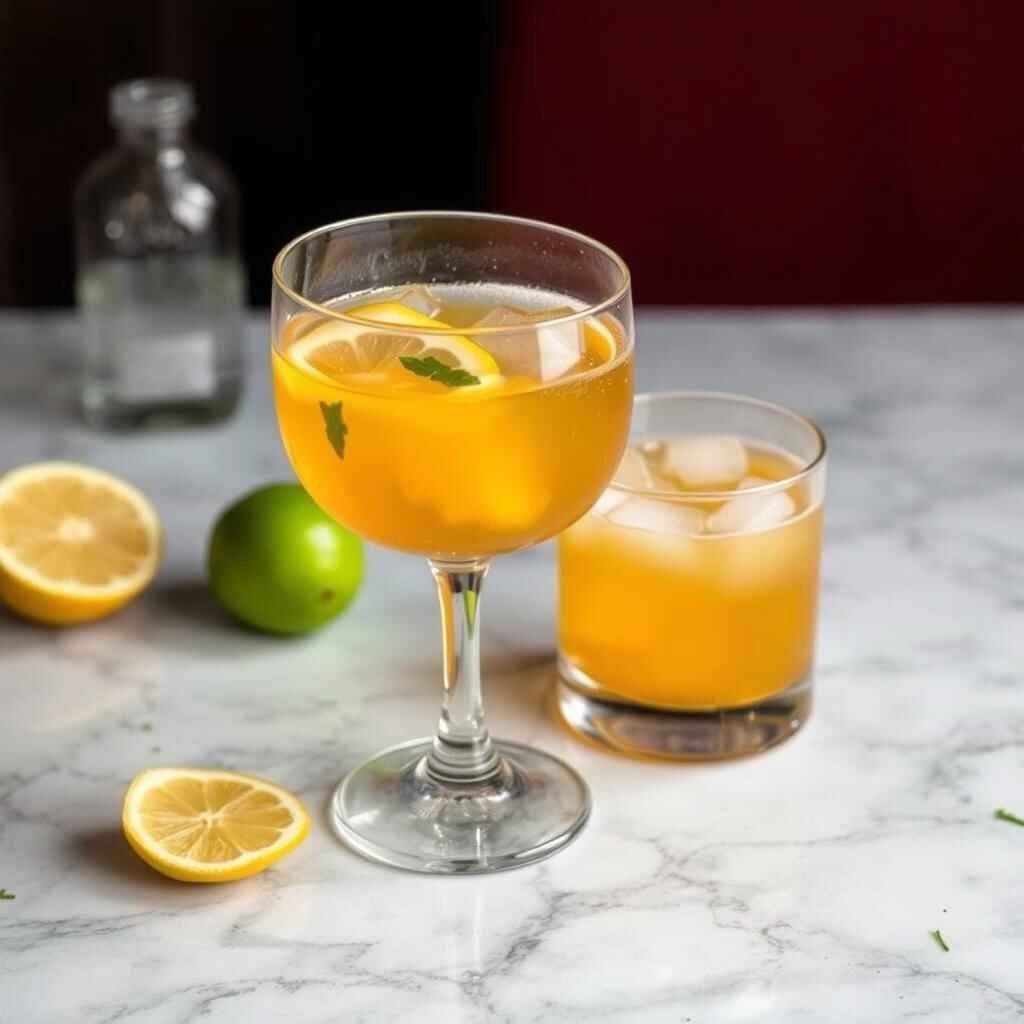
Rum
1. Bacardi (Puerto Rico)
2. Havana Club (Cuba)
3. Captain Morgan (Jamaica)
4. Mount Gay (Barbados)
5. Appleton Estate (Jamaica)
6. Ron Zacapa (Guatemala)
7. Diplomatico (Venezuela)
8. Pusser’s Rum (British Virgin Islands)
9. Flor de Caña (Nicaragua)
10. El Dorado (Guyana)
How Whiskey And Rum is Consumed
Neat
On the Rocks
With a Splash of Water
In Cocktails
Straight or Highball
Mixed Drinks
Conclusion
After exploring whisky and rum across 10 diverse and significant factors, it’s clear that both spirits have their own unique charm and place in the world of alcohol. From their distinct flavor profiles and rich histories to their cultural significance and global popularity, whisky and rum offer something special to every enthusiast.
Whisky, with its deep roots in tradition and a reputation for complexity, appeals to those who appreciate a well-aged spirit with a story to tell. On the other hand, rum, with its vibrant flavors and tropical origins, brings a sense of warmth and adventure, making it a favorite in both casual and celebratory settings.
Whether it’s the smooth, smoky allure of whisky or the sweet, spicy embrace of rum, the choice between these two is deeply personal and often influenced by factors like geography, occasion, and individual taste. In the end, both spirits have their own set of advantages and characteristics that make them stand out in the world of alcohol.
So, whether you find yourself sipping a glass of whisky by the fire or enjoying a rum cocktail on a sunny beach, you’re partaking in a rich tradition that has been celebrated for centuries. The true beauty lies in the experience, the memories created, and the stories shared over a glass of your preferred spirit.
Cheers to the timeless appeal of whisky and rum, and to the endless possibilities they offer to those who appreciate the art of fine drinking.

Thank You Note
Thank you for taking the time to read this comparison between whiskey and rum. We hope this guide has provided you with valuable insights and helped you appreciate the unique qualities of these two iconic spirits. Remember, the enjoyment of these beverages is all about personal preference, so feel free to savor them as you like, regardless of the season.
For more comparisons and insights, visit our blog regularly. If you have any questions or suggestions, feel free to leave a comment or contact us directly.
Frequently Asked Questions
What is the primary difference in the base ingredients between whiskey and rum?
How does the aging process differ between whiskey and rum?
Which spirit is traditionally associated with colder weather, and why?
Why is rum often considered a summer drink?
Can whiskey be enjoyed in summer, and rum in winter?
Why is rum consumption higher in winter in India, despite traditional recommendations?
What are some popular cocktails that can be made with whiskey and rum?
Disclaimers
1. Blog Disclaimer
The information provided in this blog is based on research and general consensus within the industry. The traditional pairing of whiskey with colder weather and rum with warmer climates is widely accepted, but regional preferences and individual tastes can vary. The purpose of this blog is to inform and educate, not to prescribe specific drinking habits.
2. Health Disclaimer
We do not promote the consumption of alcohol. Alcohol is injurious to health, and excessive drinking can lead to serious health issues, including liver disease, heart problems, and addiction. Please drink responsibly and in moderation. If you have any health concerns related to alcohol consumption, consult a healthcare professional.
For more exciting topics, explore our other articles here
Precision Duel: Yashaswini Singh Deswal and Manu Bhaker in 10-Meter Pistol Shooting
Ajmer vs Kota: A Comparative Insight
Udaipur vs. Jaisalmer: 2 Rajasthan Gems – Which City Should Be Your Next Destination?
Coffee vs. Tea: Which Drink is Healthier?
iPhone 14 vs iPhone 15: A Detailed Comparison
Xbox or PlayStation: Uncovering the Best Console for Gamers in 2024
Wattage Wars: Ola S1 Pro vs Ather 450X
The Fitness Face-Off: Yoga vs Gym
Tom Cruise vs Brad Pitt: Who Dominates the Big Screen?
Shahrukh Khan vs Aamir Khan: 2 Paths to Stardom in Bollywood
Mount Abu vs. Pushkar: Top 10 Differences & Similarities
Green Tea vs. Black Tea: Taste, Health, and Tradition
10 Things to Consider When Choosing Between ZEE5 and SonyLIV
5 Comments